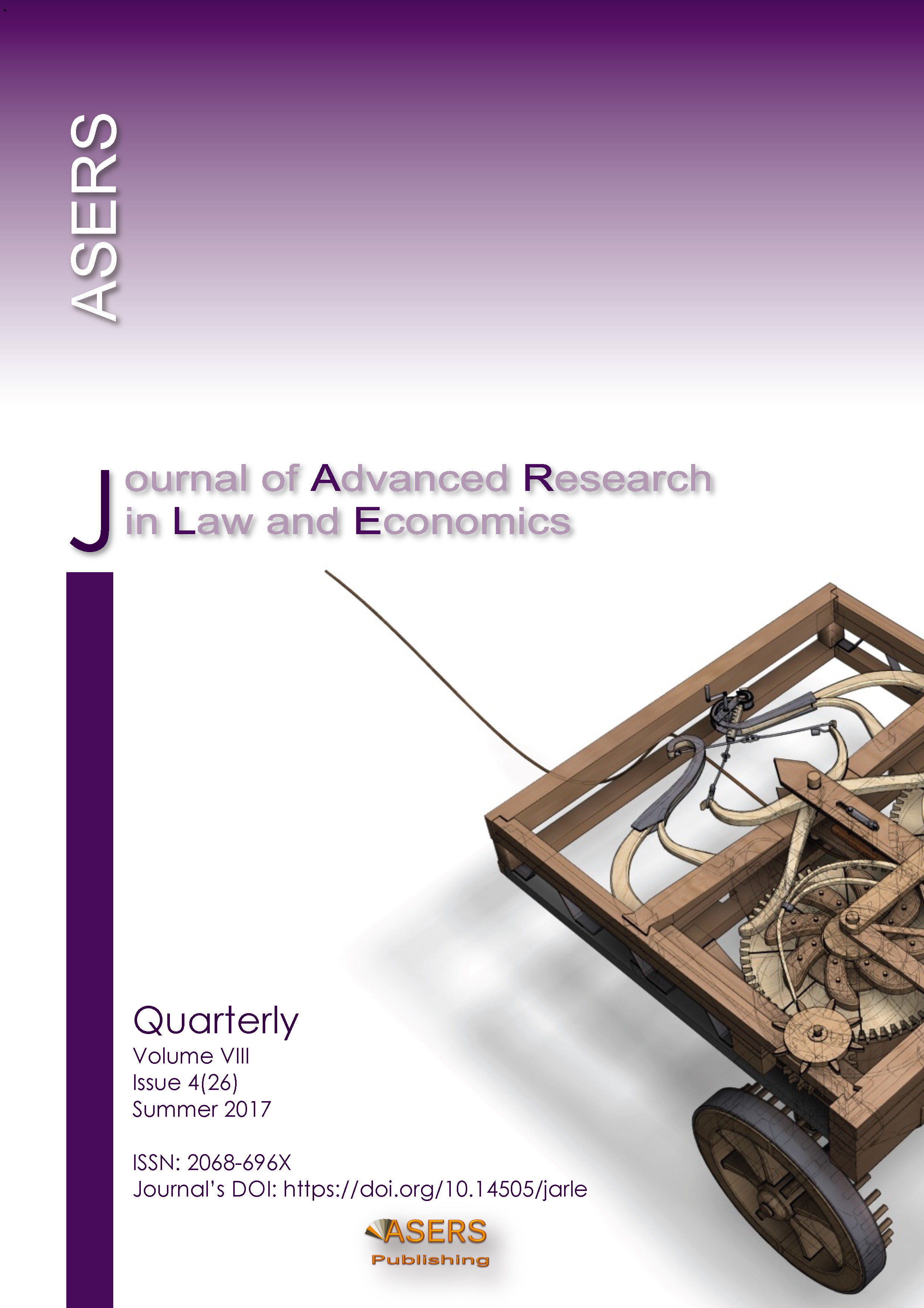Cutting Administrative Barriers in Construction – What is the Actual Economic Effect?
Cutting Administrative Barriers in Construction – What is the Actual Economic Effect?
Author(s): Pavel KOSTRIKINSubject(s): Economy
Published by: ASERS Publishing
Keywords: administrative barriers in house construction; reduction of construction cost; weighted average cost of developer capital; condominium construction; construction period reduction;
Summary/Abstract: Far-reaching bureaucracy naturally creates administrative barriers to business, including construction business. This aggravates the business climate and decelerates the pace of urban development, which results in the public not having access to the necessary social infrastructure. This study explores the cutting of administrative barriers in house construction by the example of Moscow – a city with a transformation economy. A set of complementary research methods was used to achieve the set goals: government decree monitoring, comparative analysis, and the economic-statistical method. In order to eliminate excess administrative barriers in house construction, the government of the Russian Federation in 2014 approved an exhaustive list of administrative procedures in house construction, starting with the participation of the developer in the auction of the right to enter into a lease agreement for the land plot and ending with the state registration of the right of ownership to the object. According to government officials, the measures that were taken had to significantly cut the expenses borne by investors and the terms of implementation of construction projects. However, in spite of the reduced duration of administrative procedures, the set of reforms turned out to be piecemeal.
Journal: Journal of Advanced Research in Law and Economics (JARLE)
- Issue Year: VIII/2017
- Issue No: 26
- Page Range: 1175-1184
- Page Count: 10
- Language: English
- Content File-PDF

